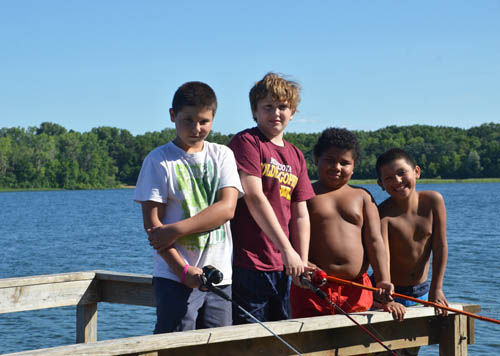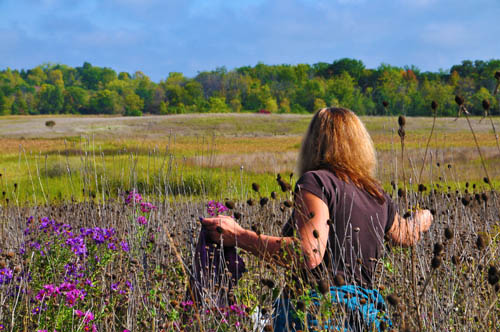Biking, walking, swimming, skiing – people are enjoying the regional parks in increasing numbers and in every season.
According to the Metropolitan Council, the number of annual visits to regional parks grew to over 47 million in 2013, an increase of about 3% over 2012 and nearly 30% since 2004. By comparison, the Mall of America generates about 40 million visitors a year.
The most frequented regional parks are in Minneapolis and Saint Paul. The five most-visited regional parks in 2013, respectively, were:
-
Minneapolis Chain of Lakes Regional Park – 5.1 million visits
-
Como Regional Park, Zoo & Conservatory (Saint Paul) – 4.5 million visits
-
Mississippi Gorge Regional Park (Minneapolis & Saint Paul) – 2.6 million visits
-
Central Mississippi Riverfront Regional Park (Minneapolis) – 2.0 million visits
-
Phalen-Keller Regional Park (Saint Paul/Ramsey Co.) – 1.6 million visits
Overall, 26% of visits to the regional park system were visits to trails; 74% were visits to regional parks, park reserves and special recreation features.
More than half of regional park visits were in Minneapolis and Saint Paul

Over half of the visits, 54%, took place in regional parks and trails in Minneapolis and Saint Paul. Park visits increased most significantly in Scott County, where regional park visits increased by nearly 24% from the previous year. This is likely due to the opening of Spring Lake Regional Park in 2013.
Visitors flock to the regional parks in summer, when 41% of all visits occur. About 43% of visits are made to regional parks in spring and fall, and the remaining 16% in winter months.
“Our regional parks are treasures that contribute greatly to our quality of life,” said Council Chair Susan Haigh. “The Council is proud to partner with local park agencies to preserve and expand these beautiful assets.”
Region has long legacy of parks stewardship
The regional network of parks and trails was first envisioned by Minneapolis Parks Superintendent Theodore Wirth in the 1930s, building upon work begun by 19th century landscape architect Horace Cleveland in Minneapolis and Saint Paul.
Decades later, in 1974, the Minnesota Legislature fashioned the regional system by authorizing the Metropolitan Council to prepare a regional park system plan that designated 31,000 acres of existing city and county parks as regional parks. Lawmakers also authorized the Council to issue up to $40 million in bonds for grants to regional park agencies for land acquisition and park development.
Today, the Twin Cities boasts a regional park system that includes nearly 55,000 acres of parks and park reserves, 340 miles of trails, and seven special recreation features open to the public including, for example, the popular Como Zoo and Conservatory.
Partnerships are critical for quality of parks system
 The park system is planned and partially financed by the Metropolitan Council and its Parks and Open Space Commission. Since 1974, Council and state funds totaling $658 million have been appropriated to buy land and develop new and existing parks and trails.
The park system is planned and partially financed by the Metropolitan Council and its Parks and Open Space Commission. Since 1974, Council and state funds totaling $658 million have been appropriated to buy land and develop new and existing parks and trails.
Of this amount, $84.1 million is the result of the constitutional Parks and Trails Legacy Amendment approved in 2008 to supplement traditional funding sources to support parks and trails of regional and statewide significance.
The Legislature has also appropriated $163 million since 1985 to fund about 9.5% of the annual operations and maintenance costs of the system. In 2014, the Council disbursed $8.99 million to the 10 implementing agencies for parks operations and maintenance. More about Parks funding and finance, including grants from the Parks and Trails Legacy Amendment.
The actual ownership and operation of regional parks and trails is in the hands of 10 regional park implementing agencies, including Anoka County Parks, City of Bloomington Parks, Carver County Parks, Dakota County Parks, Three Rivers Park District (Hennepin and Scott Counties), Minneapolis Park and Recreation Board, Ramsey County Parks and Recreation, City of Saint Paul Parks and Recreation, Scott County and Washington County Parks.
More information